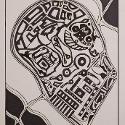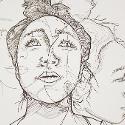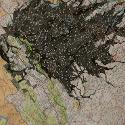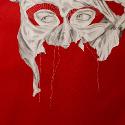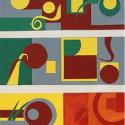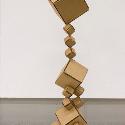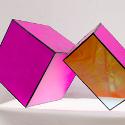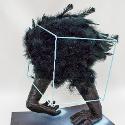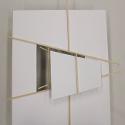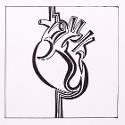Visual Language : Comprehensive Foundations
This class involves the study of two-dimensional and three-dimensional design elements
and principles applied to imagery and spatial concepts. Emphasis on visual communication
and problem solving through creative thinking, concepts, media, skills, processes
and research. Critical discourse, basic color theory and composition will be integral
parts of the course. Written, verbal and small group critiques help develop students'
confidence and critical thinking and their abilities to formulate knowledgeable responses
to visual production. Also, students will learn to speak and write critically about
personal and peer artwork and propose thoughtful alternatives. Critical discourse,
through the assorted critique methods, is a relatively unique aspect of learning in
the College of Arts and Architecture and is of value to students in all disciplines.
Learning Outcomes:
Students will:
- Define and effectively manipulate the elements and principles of 2D and 3D design in order to create non-objective, abstract and representational compositions, including within a performance-based format. (Demonstrated through individual and collaborative assignments.)
- Speak and write critically about personal and peer artwork and propose thoughtful alternatives. (Demonstrated through written, verbal, and collaborative critiques.)
- Develop inventive concepts using various problem-solving techniques, such as divergent and convergent thinking, metaphor, and collaboration. (Demonstrated through problem generation, writing, problem solving [assignments], and the sketchbook/journal.)
- Understand the structural, compositional and conceptual implications of basic 2D and 3D materials. (Demonstrated through assignments, sketchbook, and critiques.)
- CORE 2.0 Designation: As a RA Core class, students are expected to develop their creative and intellectual potential through experiences in this class. In particular, the capstone assignment will require students to carry out an autonomous experience in the research and creative process and to generate a scholarly product, demonstrating an understanding of and the relationship between the elements and principles of 2D and 3D design.

